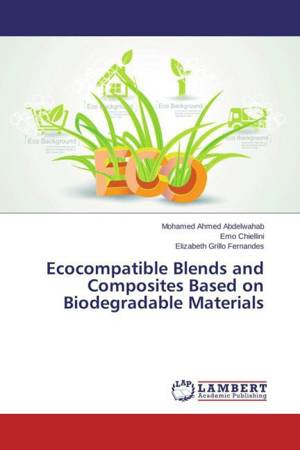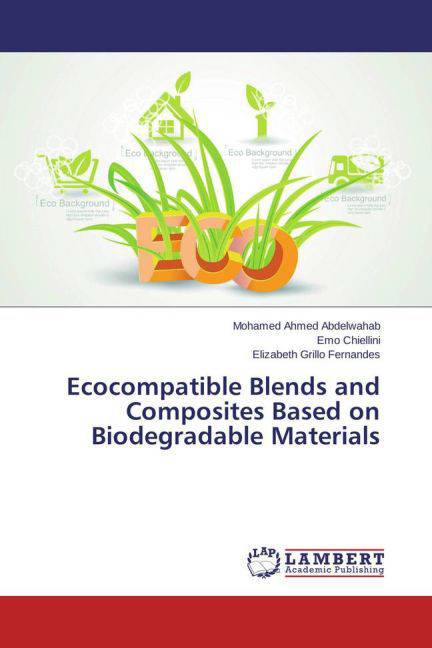
- Afhalen na 1 uur in een winkel met voorraad
- Gratis thuislevering in België vanaf € 30
- Ruim aanbod met 7 miljoen producten
- Afhalen na 1 uur in een winkel met voorraad
- Gratis thuislevering in België vanaf € 30
- Ruim aanbod met 7 miljoen producten
Zoeken
Ecocompatible Blends and Composites Based on Biodegradable Materials
Mohamed Ahmed Abdelwahab, Emo Chiellini, Elizabeth Grillo Fernandes
Paperback | Engels
€ 84,45
+ 168 punten
Omschrijving
The research activity implemented in the present book was focused on polymeric materials based on polyolefins that are the predominant polymers mostly used for consumer packaging. Attempts were made to develop several ecocompatible blends and composites utilizing polyolefins in conjunction with other biodegradable polymeric materials. Much attention was focused on novel ecocompatible materials based on blends of polyhydroxybutyrate (PHB) and polystyrene (PS). Additionally, a new strategy was planned to compatibilize PS-PHB based blends through the synthesis of an A-B copolymer from PHB by using Atom Transfer Radical Polymerization (ATRP) of styrene. Blends of poly(lactic acid) (PLA) and PHB with a plasticizer were developed. Another investigation is the preparation of composites based on lignin and PHB. New types of ecofriendly composite materials that are suitable for short-term packaging and disposable applications based on rhyolite in polyolefin and PLA matrices were investigated. Finally, a novel method for surface modification of bacterial cellulose nanowhiskers (BCNW) was developed and subsequently introduced into a PLA matrix to produce fully biodegradable nanocomposite
Specificaties
Betrokkenen
- Auteur(s):
- Uitgeverij:
Inhoud
- Aantal bladzijden:
- 532
- Taal:
- Engels
Eigenschappen
- Productcode (EAN):
- 9783659550140
- Verschijningsdatum:
- 4/05/2015
- Uitvoering:
- Paperback
- Afmetingen:
- 150 mm x 220 mm
- Gewicht:
- 771 g

Alleen bij Standaard Boekhandel
+ 168 punten op je klantenkaart van Standaard Boekhandel
Beoordelingen
We publiceren alleen reviews die voldoen aan de voorwaarden voor reviews. Bekijk onze voorwaarden voor reviews.








